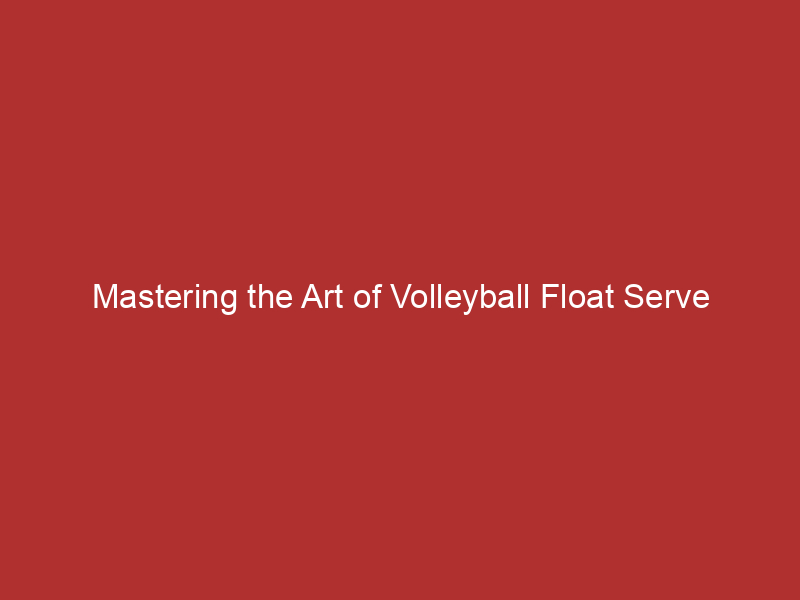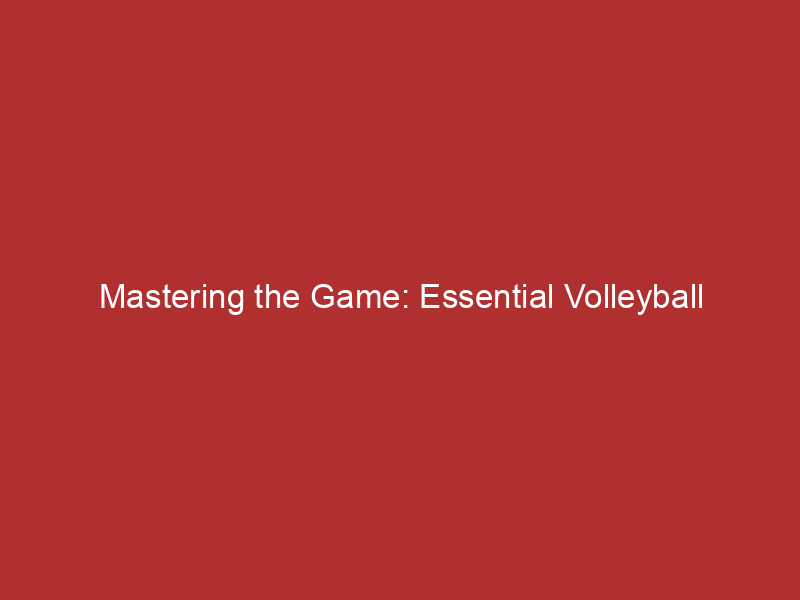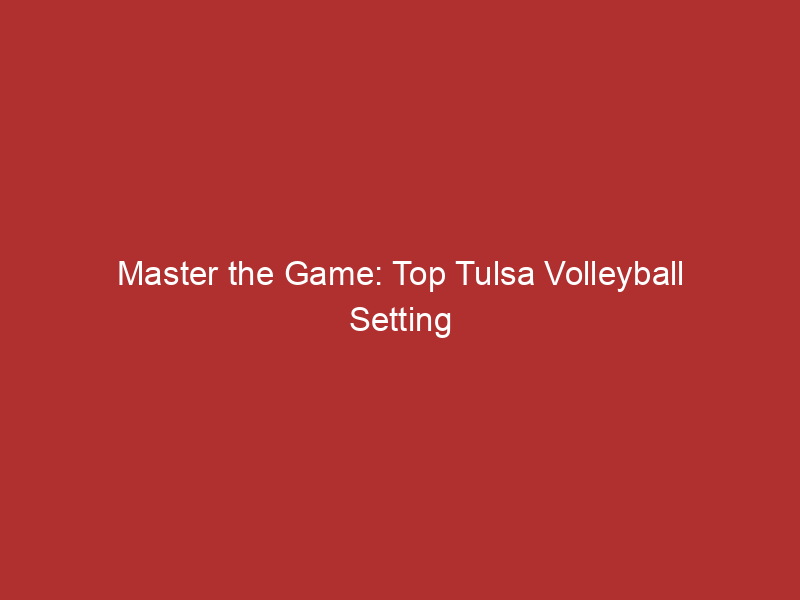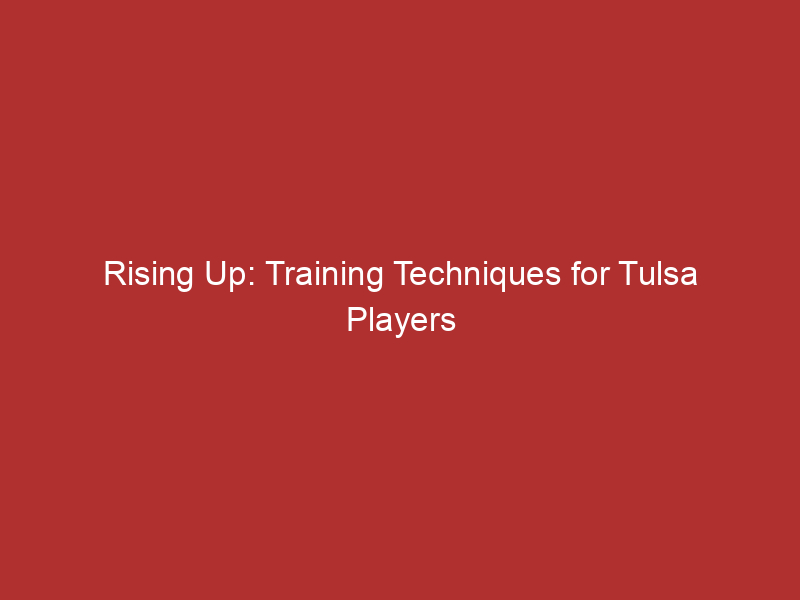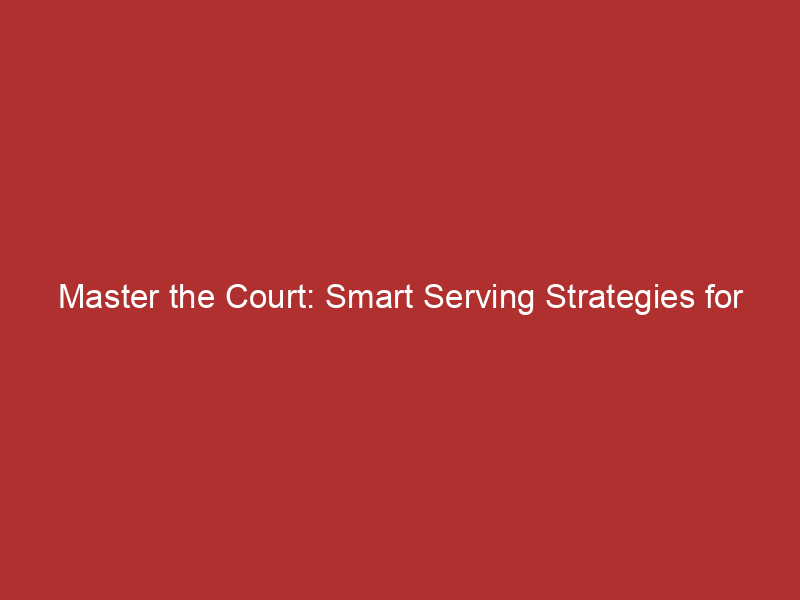Introduction to Volleyball Serving Techniques
Hey there, volleyball enthusiasts! Today, we’re going to dive into the exciting world of volleyball serving techniques. Serving is not just about getting the ball over the net; it’s a strategic move that can set the tone for the rest of the game. So, let’s get started!
- Importance of serving in volleyball
- Overview of different serving techniques
- Underhand Serve: This is a beginner-friendly serve where the ball is hit with an underhand motion. It’s easy to learn but can be less powerful than other serves.
- Overhand Serve: This serve involves hitting the ball with an overhand motion. It’s more powerful than the underhand serve and can be aimed more accurately.
- Jump Serve: This is a more advanced serve where the player jumps and hits the ball in mid-air. It’s a powerful serve that can catch the opposing team off guard.
- Float Serve: In this serve, the ball is hit in a way that makes it move unpredictably in the air, making it hard for the opposing team to predict where it will land.
Serving in volleyball is like the opening move in a chess game. It’s your team’s first chance to score and put pressure on the other team. A good serve can disrupt the opponent’s offense, making it harder for them to return the ball. According to Wikipedia, the server is the only player who can score points directly in volleyball, making it a crucial part of the game.
There are several serving techniques in volleyball, each with its own strengths and strategies. Here’s a quick rundown:
So, there you have it! A quick introduction to the importance of serving in volleyball and an overview of different serving techniques. Stay tuned for more detailed guides on each of these serving techniques. Remember, practice makes perfect. So, grab a ball and start serving!
Understanding the Float Serve in Volleyball
Hey there, volleyball enthusiasts! Today, we’re going to dive into one of the coolest serves in the game – the float serve. This serve is a real game-changer and can give you an edge over your opponents. So, let’s get started!
- Definition of a Float Serve
- How a Float Serve Differs from Other Serves
A float serve is a type of volleyball serve where the ball is hit in such a way that it doesn’t spin. It’s like the ball is floating in the air, hence the name ‘float serve’. The ball moves unpredictably, making it difficult for the opponent to receive. It’s like the knuckleball in baseball. It’s a tricky serve, but once you master it, you can really throw off your opponents!
Now, you might be wondering, “What makes a float serve different from other serves?” Well, the main difference lies in the lack of spin. Most other serves, like the topspin or jump serve, involve a lot of spin. This spin gives the ball a predictable trajectory, making it easier for the opponent to anticipate where the ball will go.
But with a float serve, there’s no spin. The ball moves in an unpredictable path, making it a real challenge for the opponent to receive. It’s like trying to catch a butterfly with your bare hands! This unpredictability is what makes the float serve a powerful weapon in volleyball.
So, there you have it, folks! That’s the float serve in a nutshell. It’s a tricky serve to master, but once you get the hang of it, you’ll be serving up aces in no time. Stay tuned for our next post where we’ll break down how to execute a perfect float serve. Until then, keep practicing and keep playing!
How to Float Serve: A Step-by-Step Guide
Hey there, volleyball enthusiasts! Ready to learn the art of the float serve? Let’s dive right in!
- Positioning and Stance
First things first, your body position and stance are crucial. Stand behind the baseline, feet shoulder-width apart, and slightly bend your knees. Your dominant foot should be slightly behind, ready to step forward.
- Ball Hold and Toss
Hold the ball in your non-dominant hand, palm flat. Toss the ball about an arm’s length into the air – not too high, not too low. The ball should be in front of your hitting shoulder.
- Hand Contact and Follow-Through
As the ball falls, swing your dominant arm forward, hitting the ball with the heel of your hand. Follow through with your arm, pointing towards your target.
- Practicing Consistency
Like any skill, consistency is key. Practice your serve regularly, focusing on each step. Remember, practice makes perfect!
- Focusing on Contact Point
The contact point is where your hand meets the ball. Aim for the middle of the ball to minimize spin and create that unpredictable ‘float’ effect.
- Mastering the Toss
The toss can make or break your serve. Practice tossing the ball at the right height and in the right direction. It should be high enough to hit powerfully, but low enough to control.
- Understanding Spin and How it Affects the Ball’s Trajectory
Spin can drastically change the ball’s path. A float serve has minimal spin, making it unpredictable and tricky for opponents to return. Learn more about it here.
- Techniques for Adding Spin to Your Serve
While a float serve aims for minimal spin, sometimes you might want to mix things up. Adding spin can be achieved by hitting the ball off-center or twisting your wrist upon contact.
- Case Study 1: Professional Player’s Float Serve Technique
Ever watched Karch Kiraly’s serve? His float serve is a thing of beauty, demonstrating perfect technique and precision. He’s a great model for any aspiring player.
- Case Study 2: Improvement in Serve After Float Serve Training
After a month of focused float serve training, our local player, Jane, improved her serve success rate by 20%! It’s proof that with practice, you too can master this skill.
- Drills for Improving Consistency
Try serving to different zones on the court, or aim for targets to improve accuracy. Consistency drills, like serving 10 successful serves in a row, can also be beneficial.
- Exercises for Enhancing Serving Power
Strength training exercises like push-ups, overhead presses, and tricep dips can help enhance your serving power. Remember, power comes from the whole body, not just the arm!
- How Mastering the Float Serve Can Improve Your Overall Game
Mastering the float serve not only adds a powerful weapon to your arsenal but also improves your overall game. It enhances your hand-eye coordination, timing, and strategic thinking.
- Continual Learning and Practice in Volleyball
Volleyball is a lifelong learning journey. Keep practicing, stay open to feedback, and always strive to improve. Remember, the sky’s the limit!
And there you have it, a step-by-step guide to mastering the float serve. Now, it’s time to hit the court and start practicing. Good luck!

